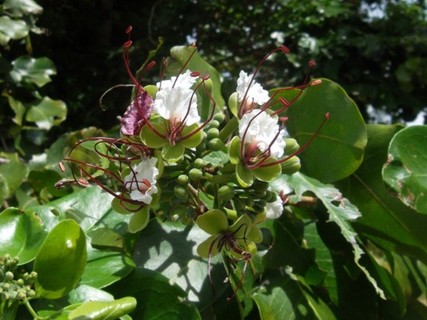Bird Pollination

Understanding effects of losing bird pollinators is becoming increasingly urgent as population trends and threats faced by pollinating birds place them among the most threatened functional groups of birds in this century. Austral regions and oceanic islands might be especially vulnerable to loss of bird pollinators since anthropogenic pressures including invasive predators and disease have resulted in large scale extinctions and range reductions of bird taxa. Based on floral syndromes, insects appear to be the primary pollinators in forest ecosystems, with only ~10% of the flora having ornithophilous flowers, suggesting that nectarivorous bird loss may have relatively little impact on pollination of forest trees. Yet, birds also visit many flowers with more general flower syndromes. Is the effect of losing birds likely to be greater than predicted using floral syndromes alone as a predictor? With Amy Dunham and Chris Roy at Rice University, we have been exploring the effect of bird loss from Guam on fruit set and seed set in a suite of tree species with
generalist flowers.
generalist flowers.